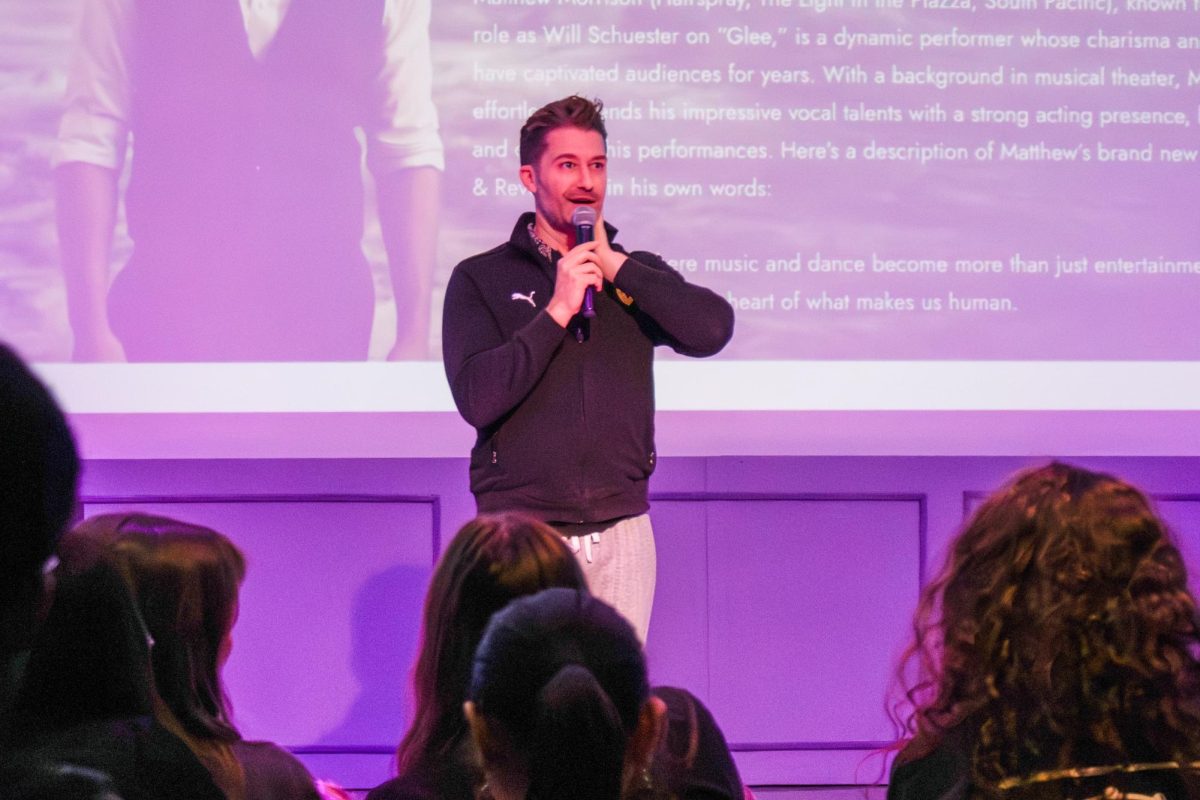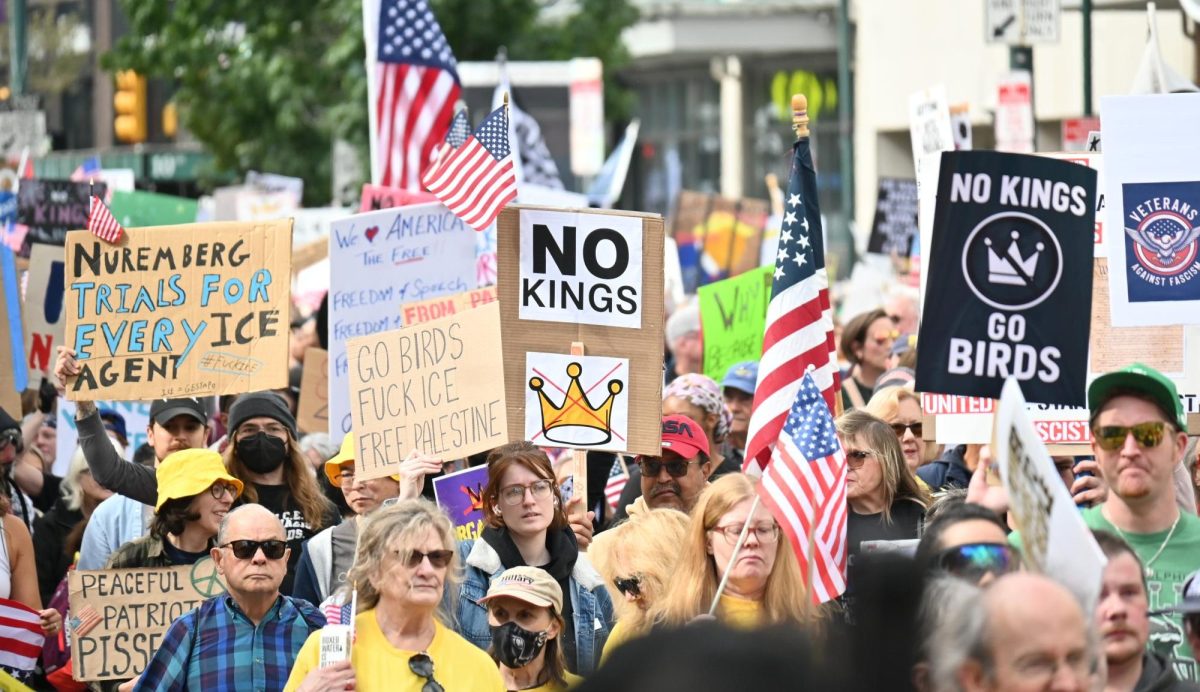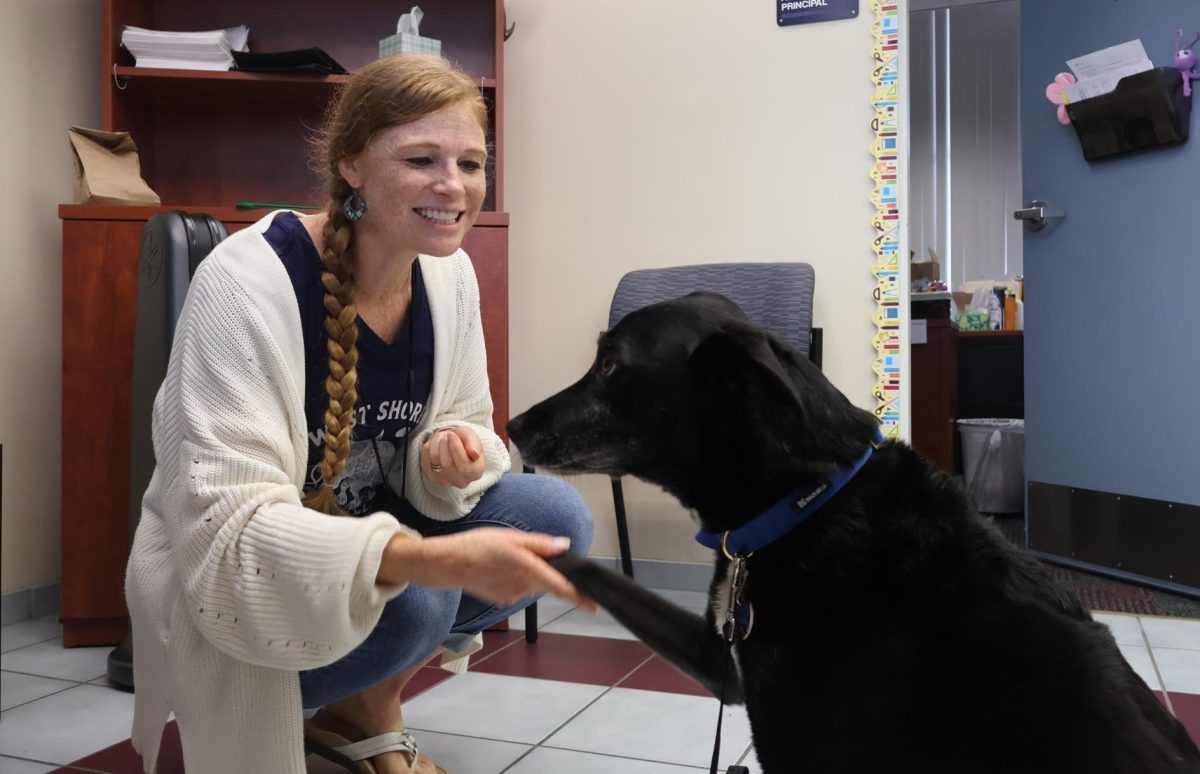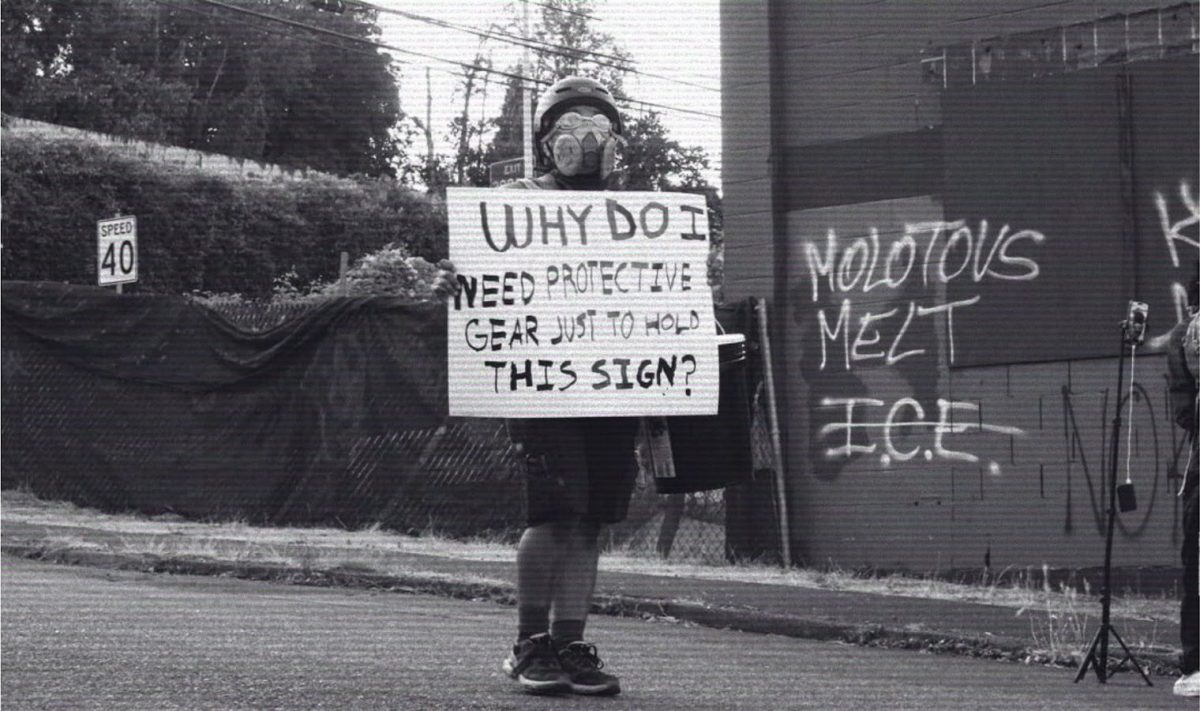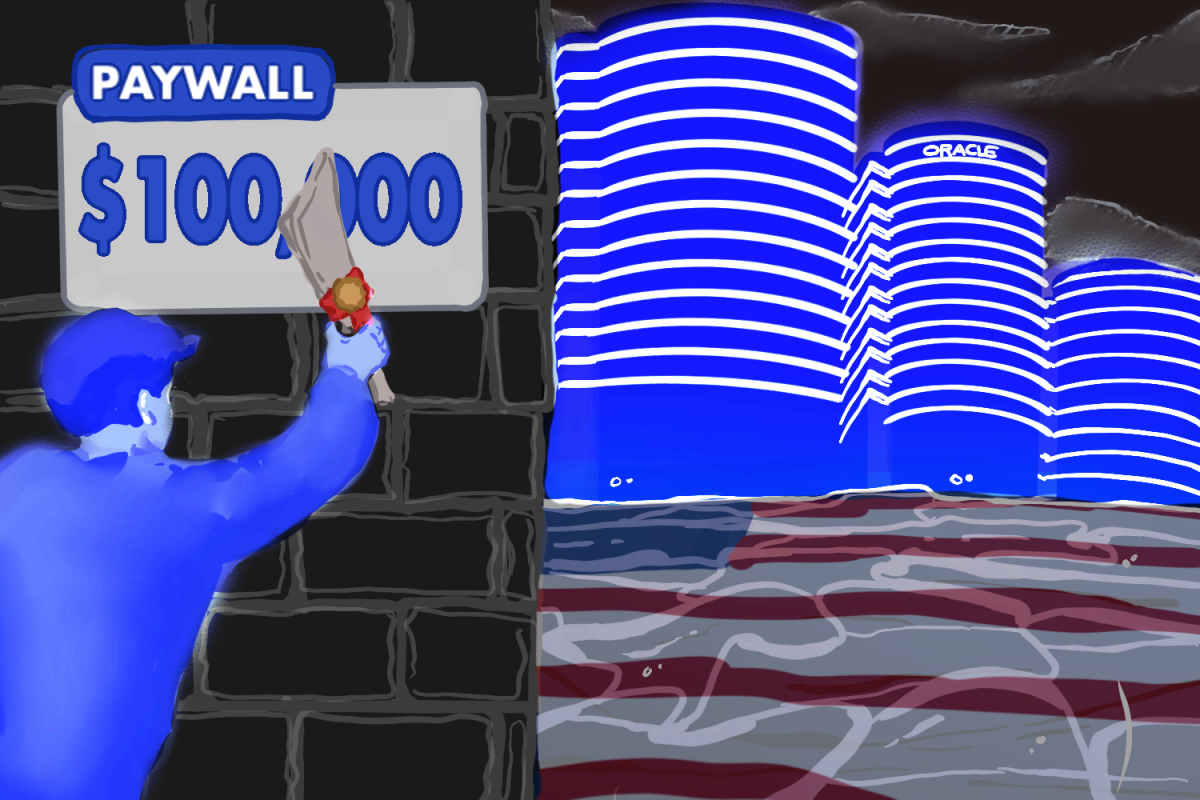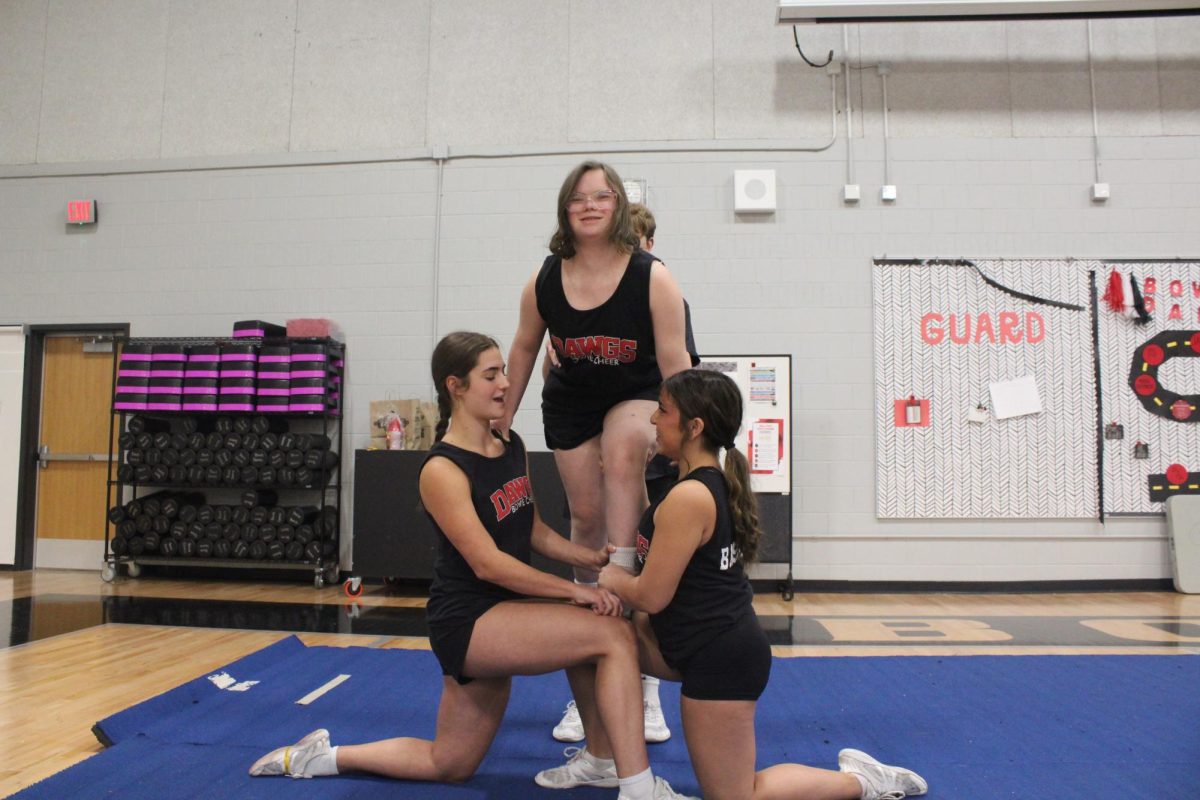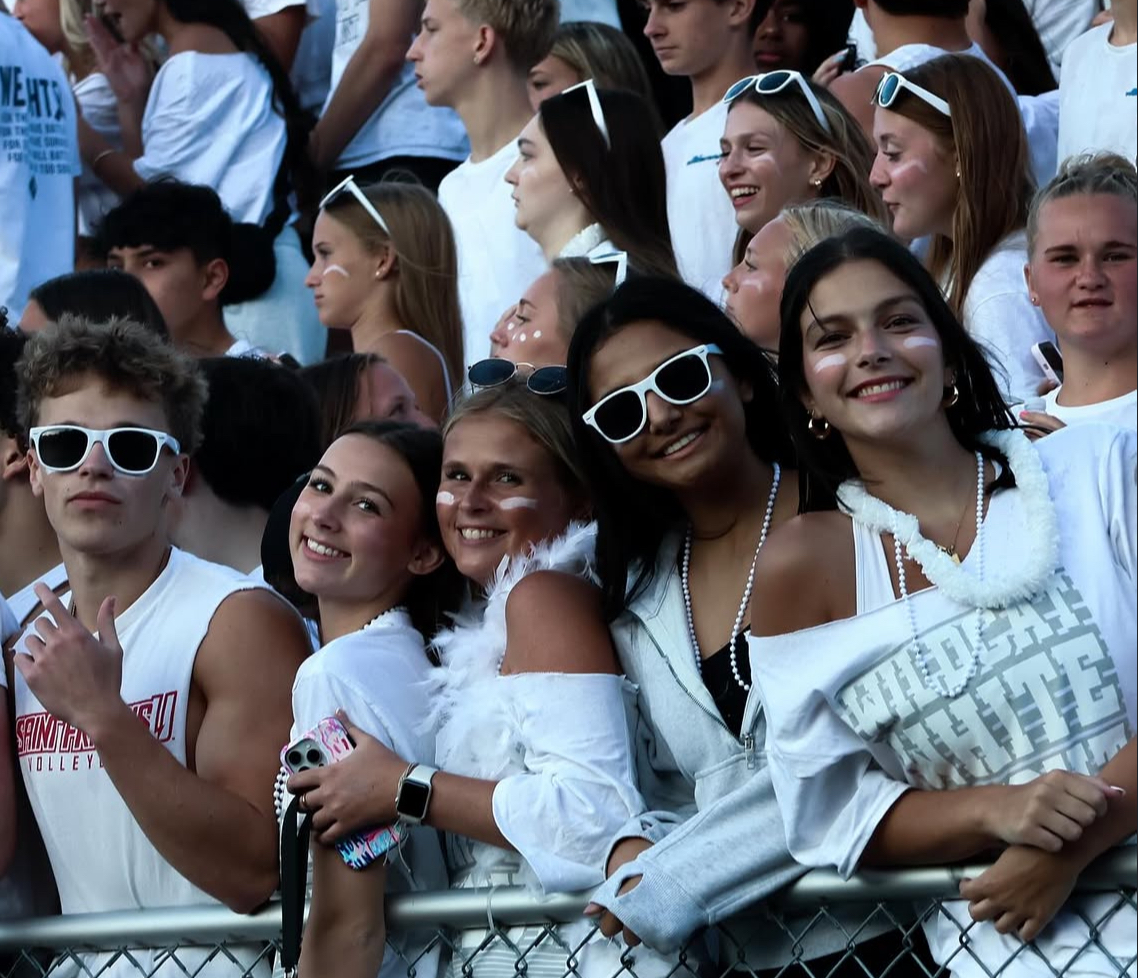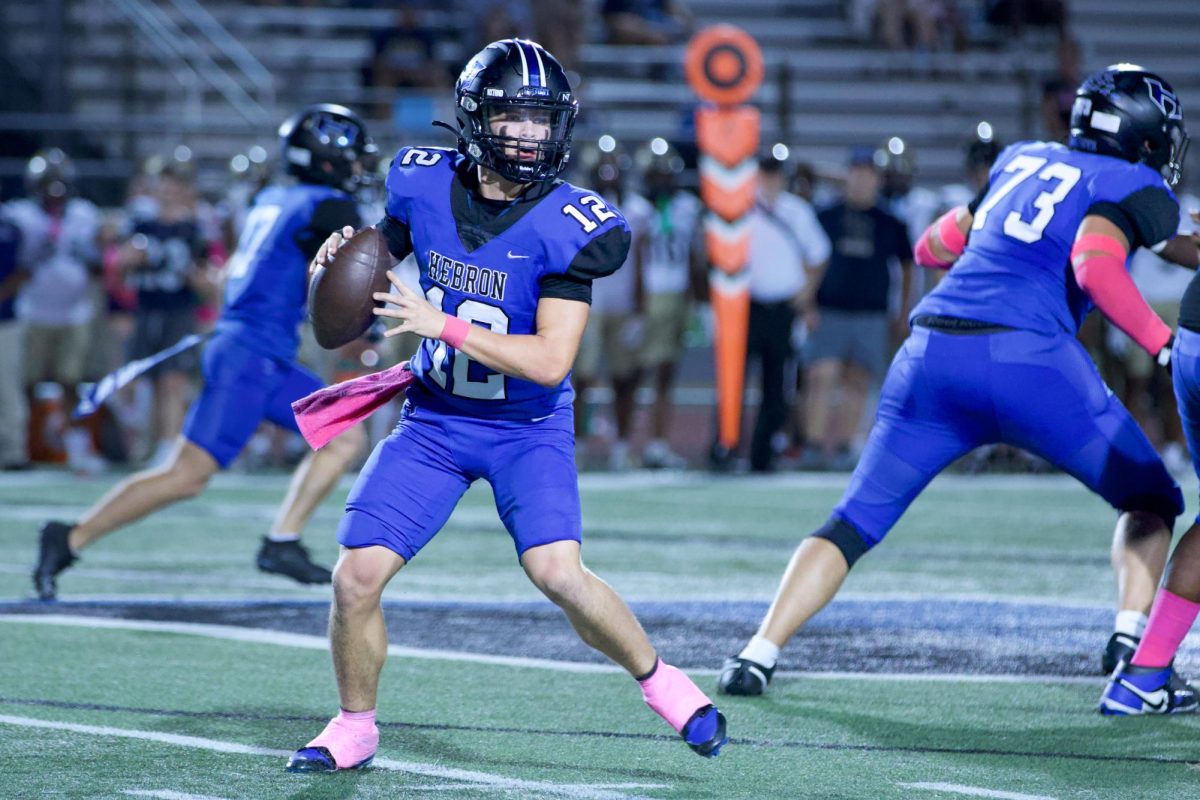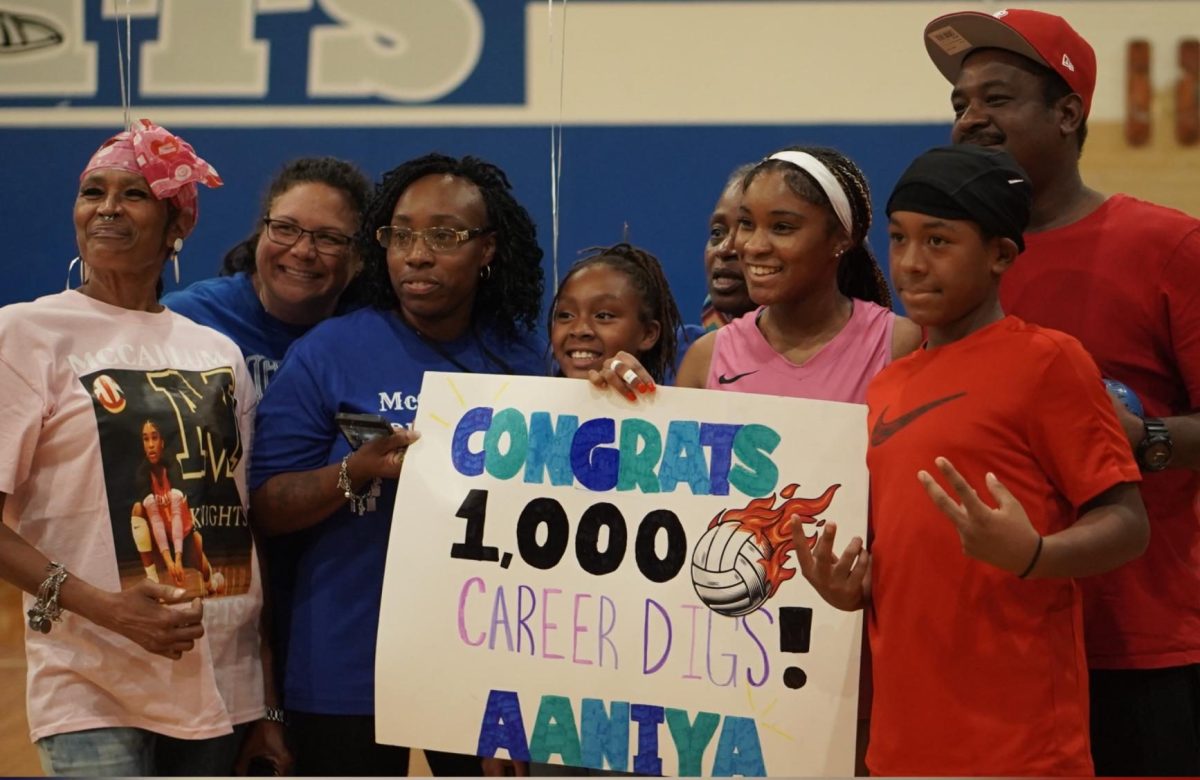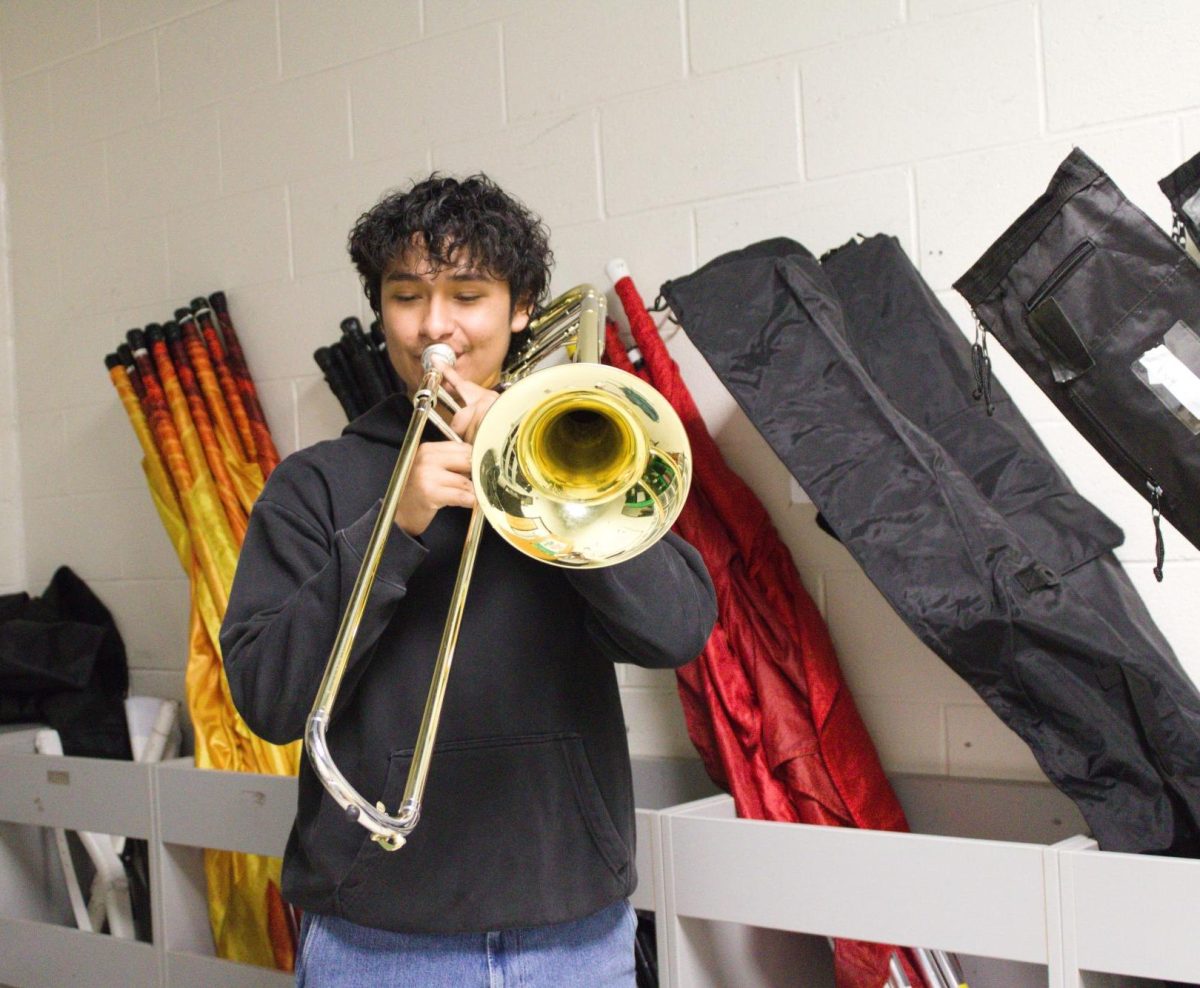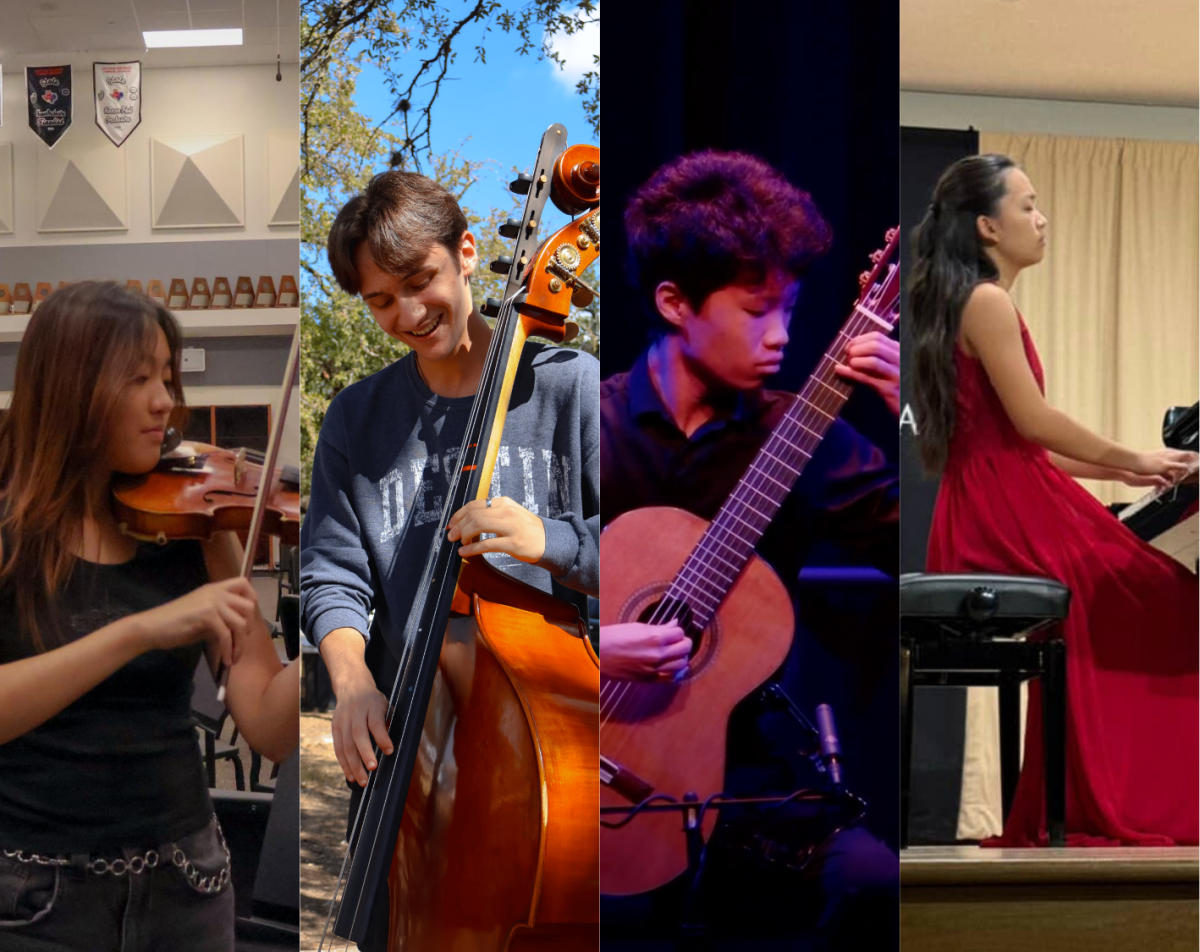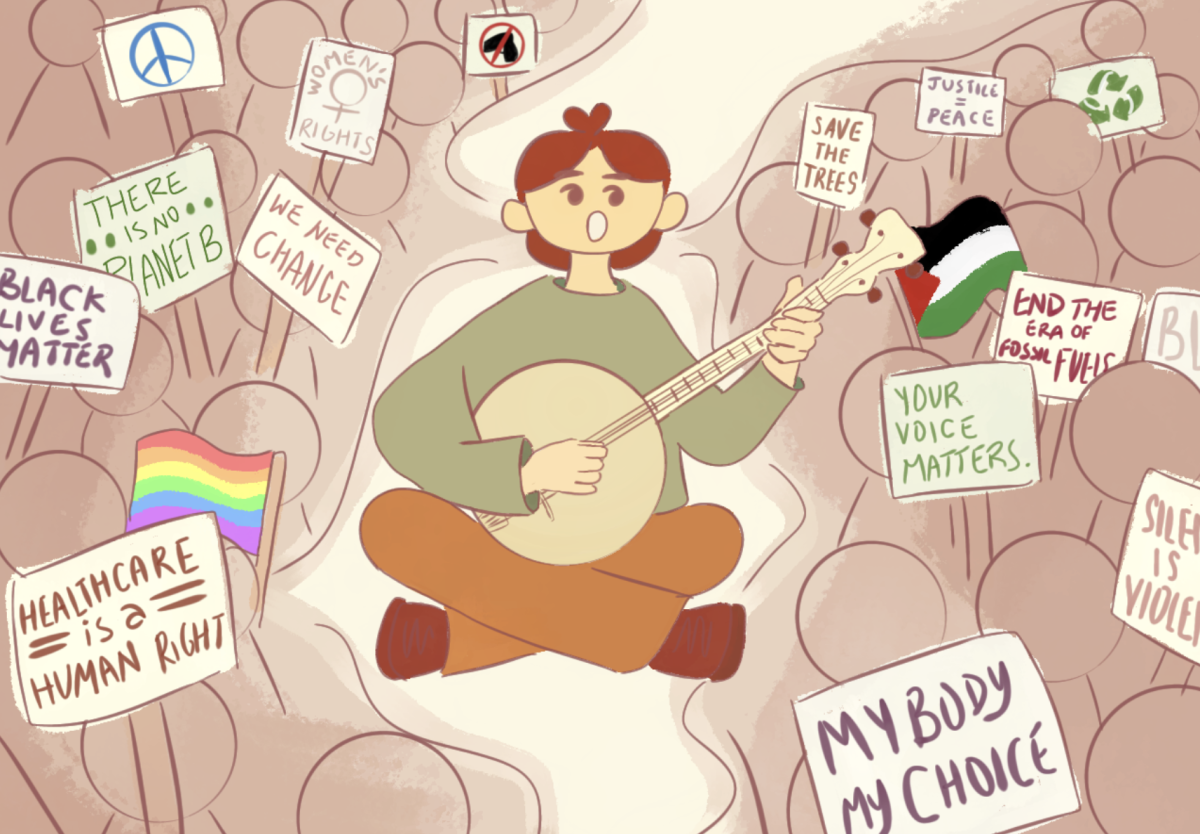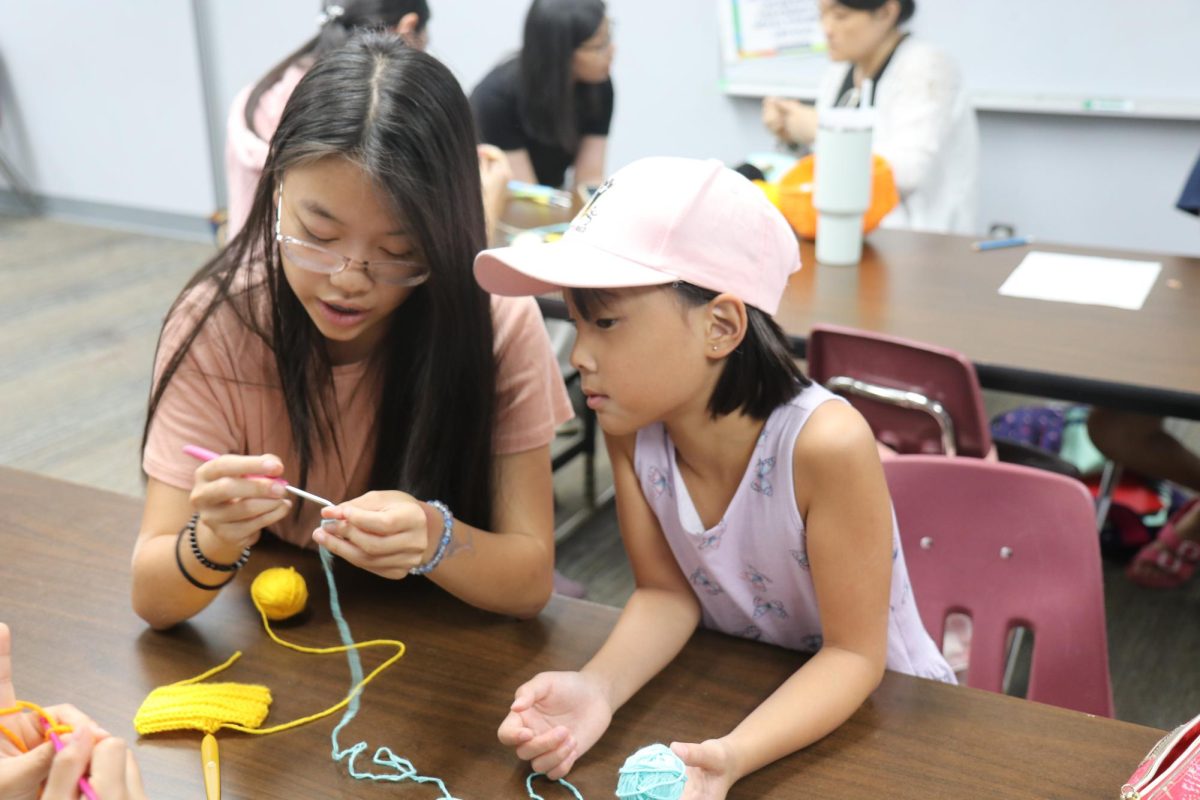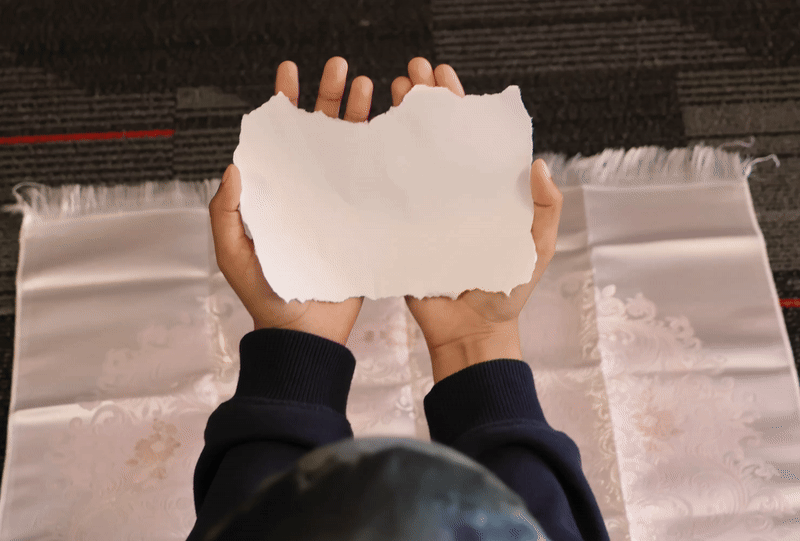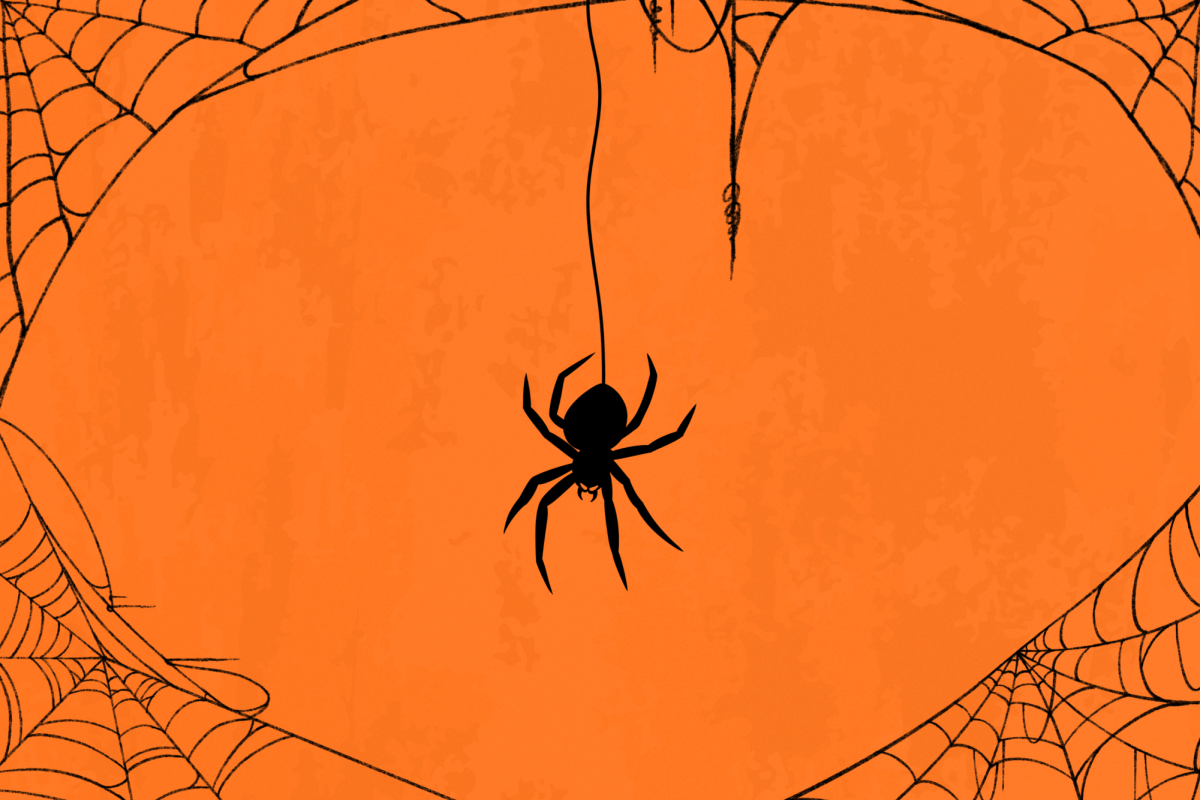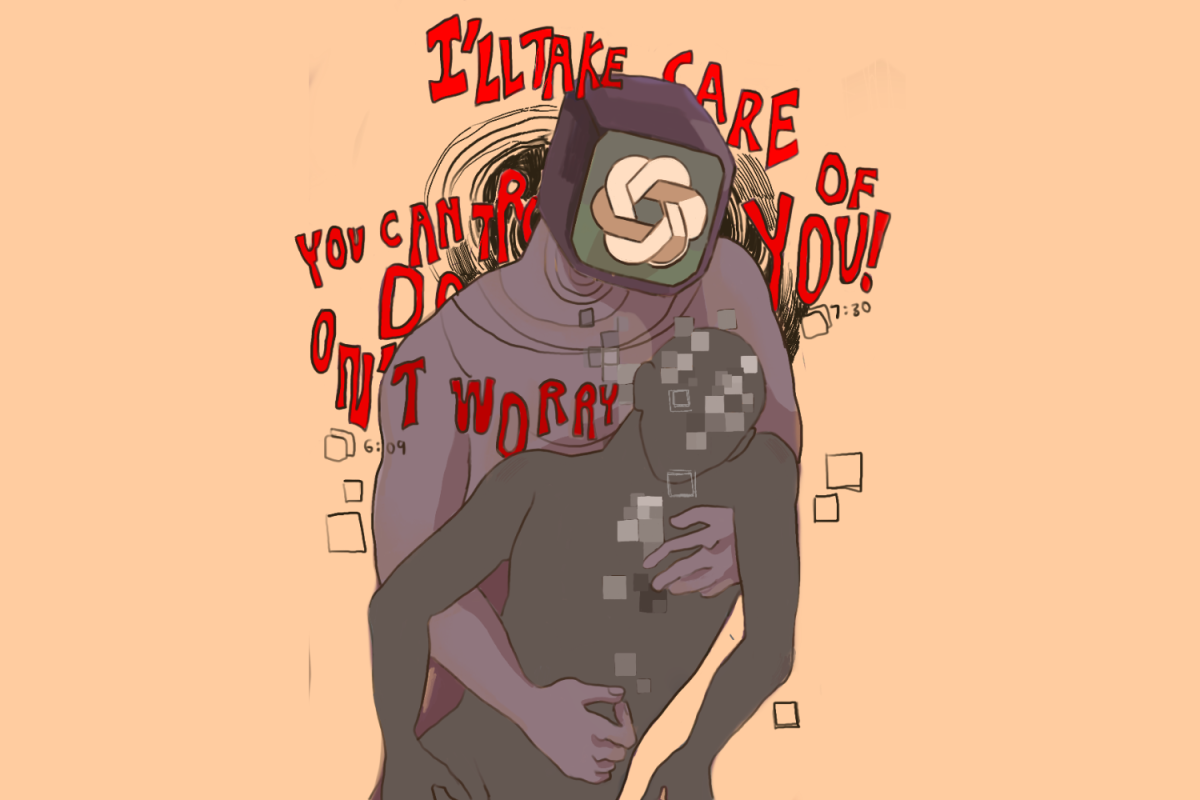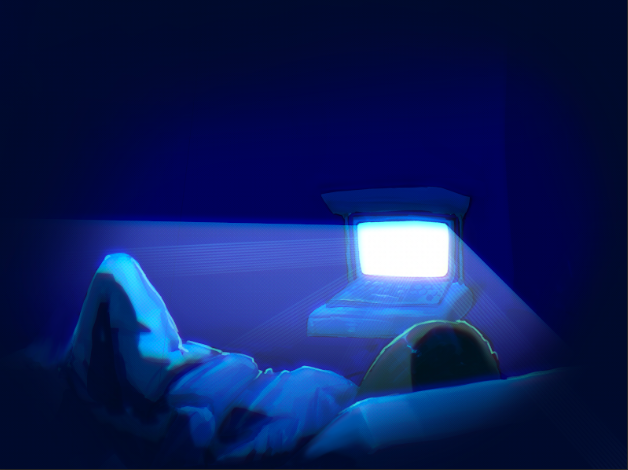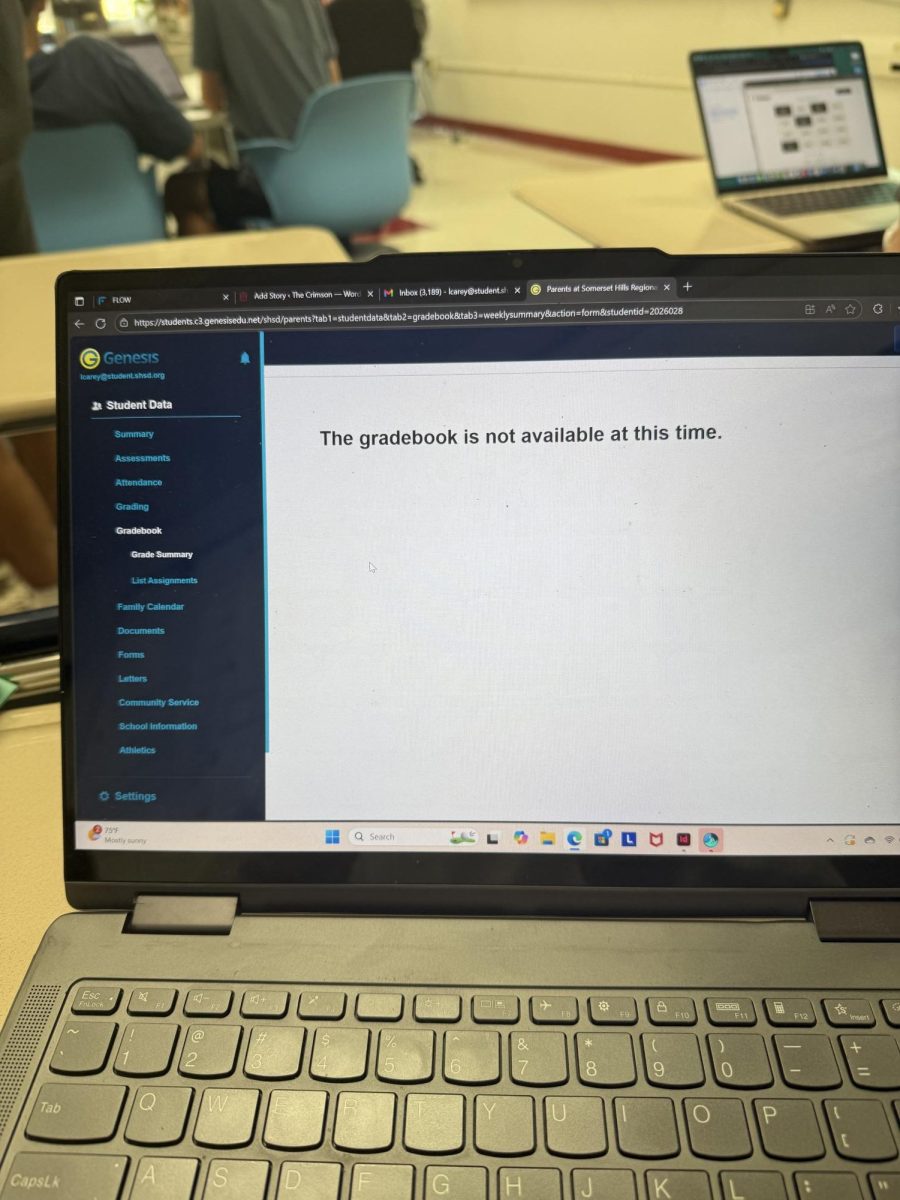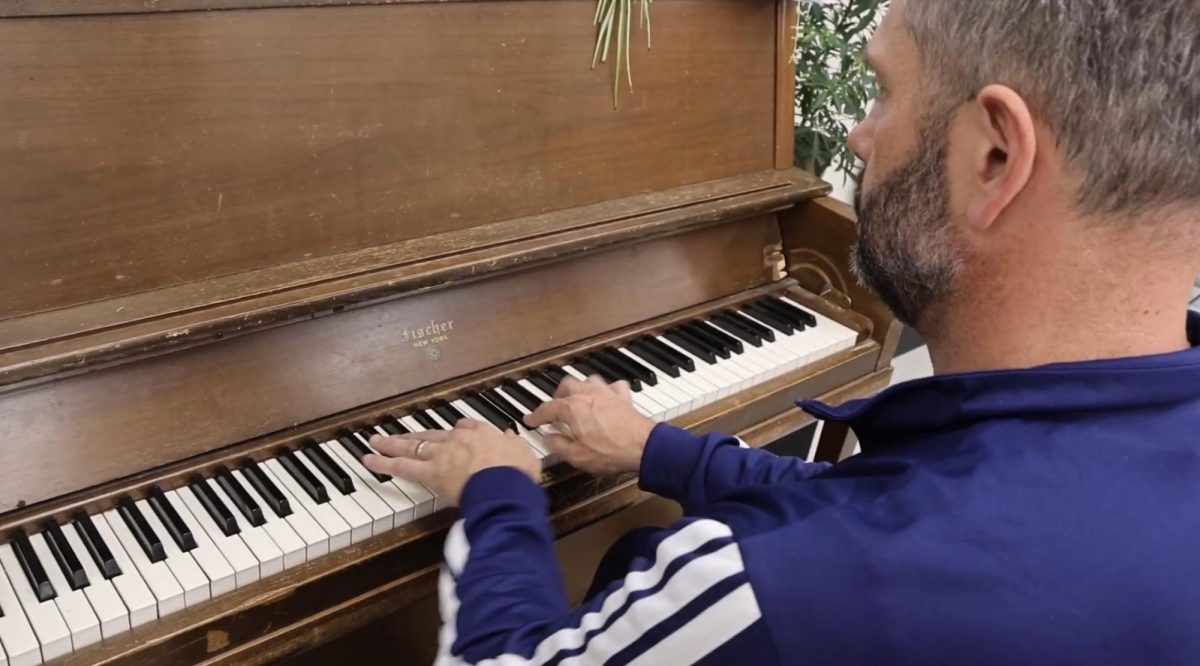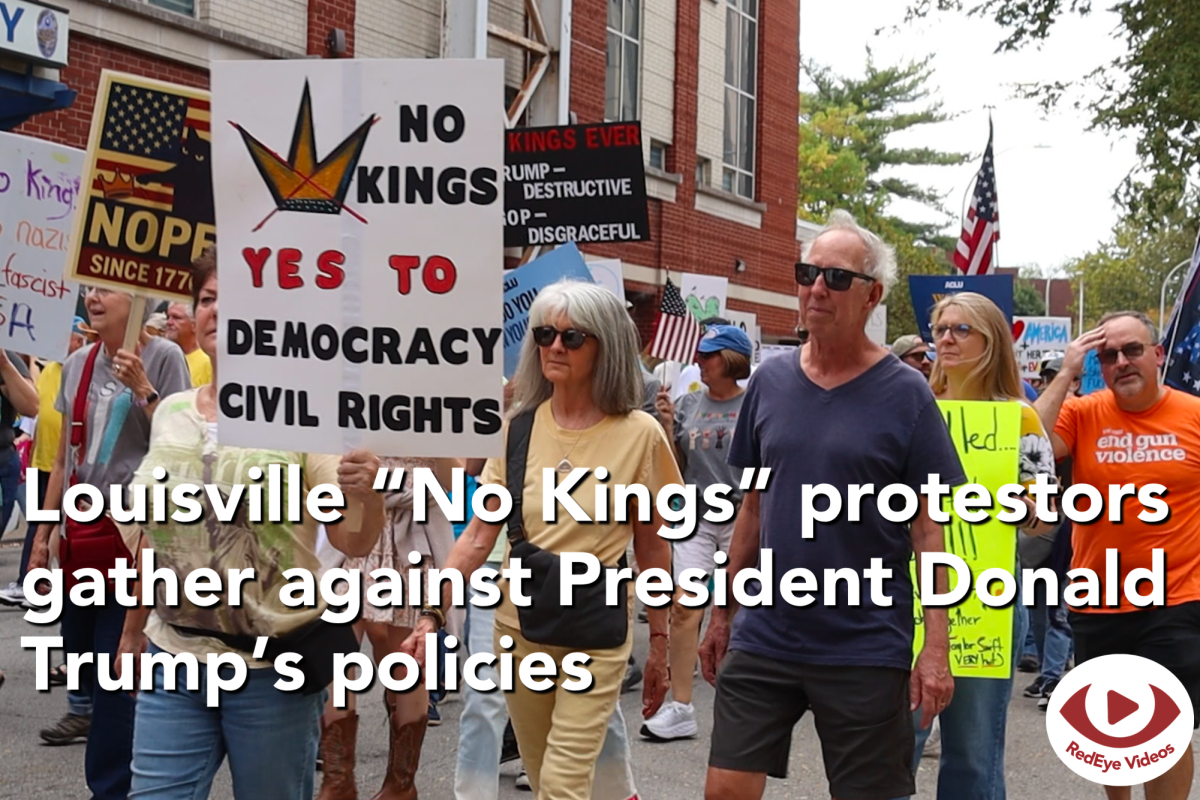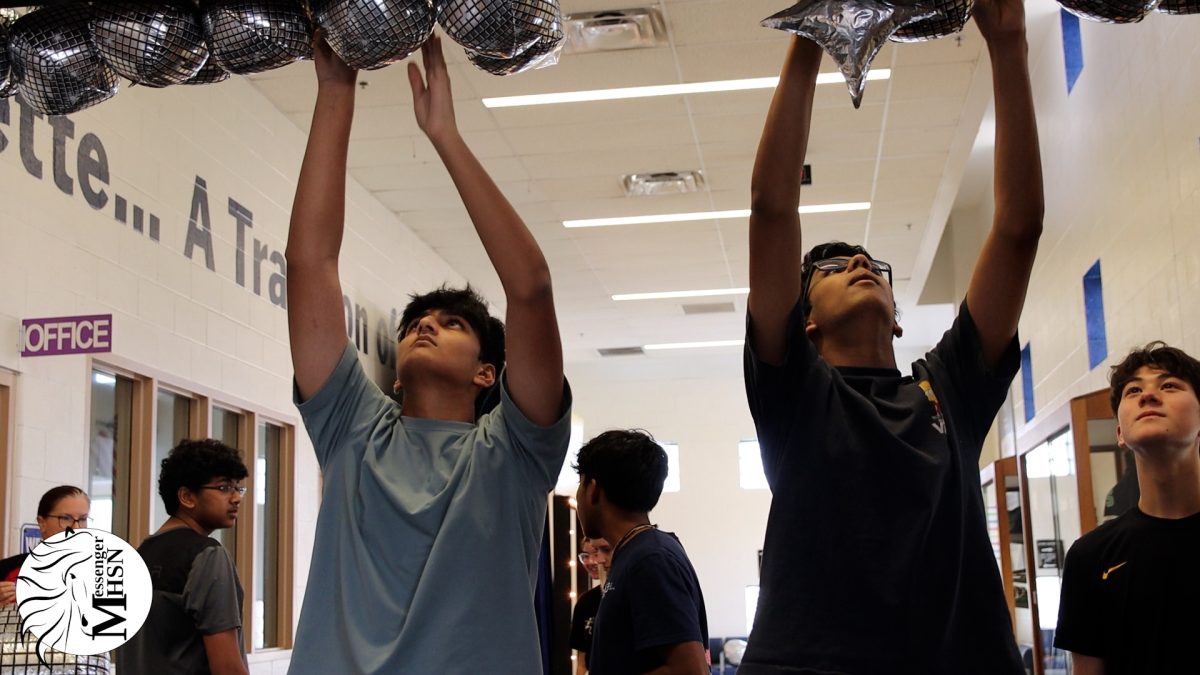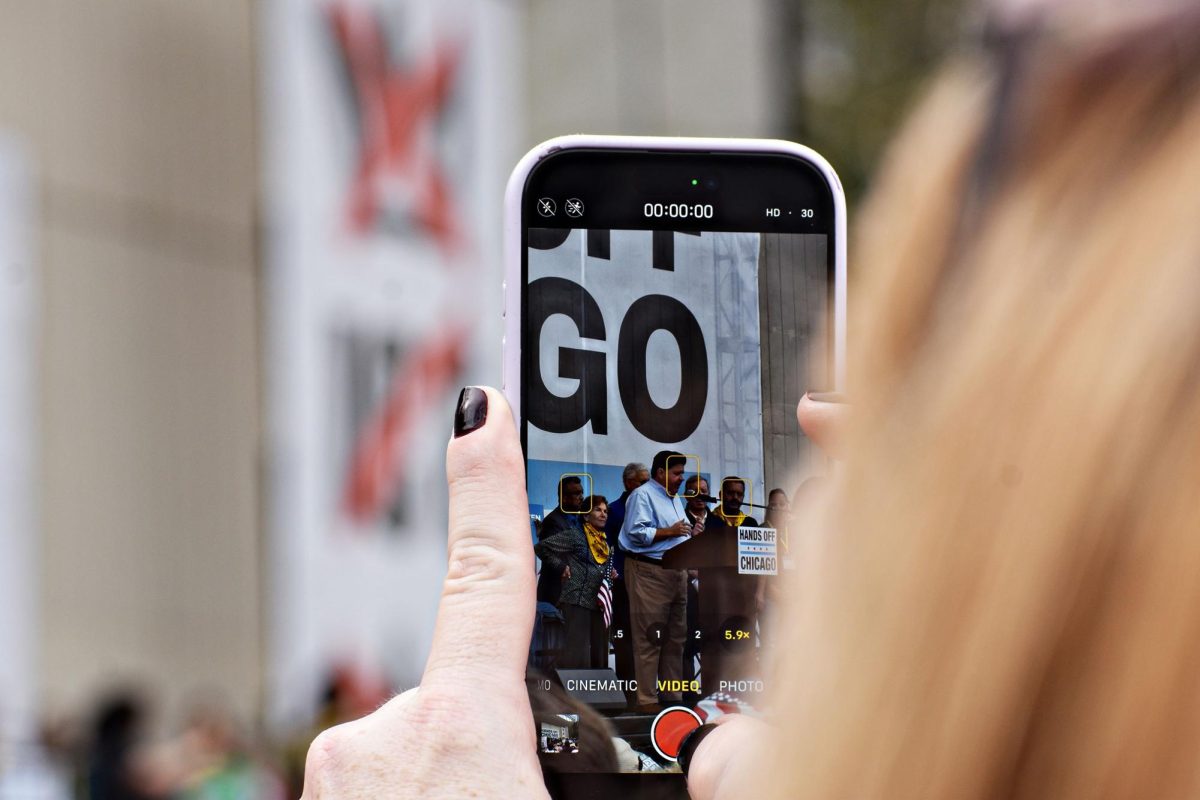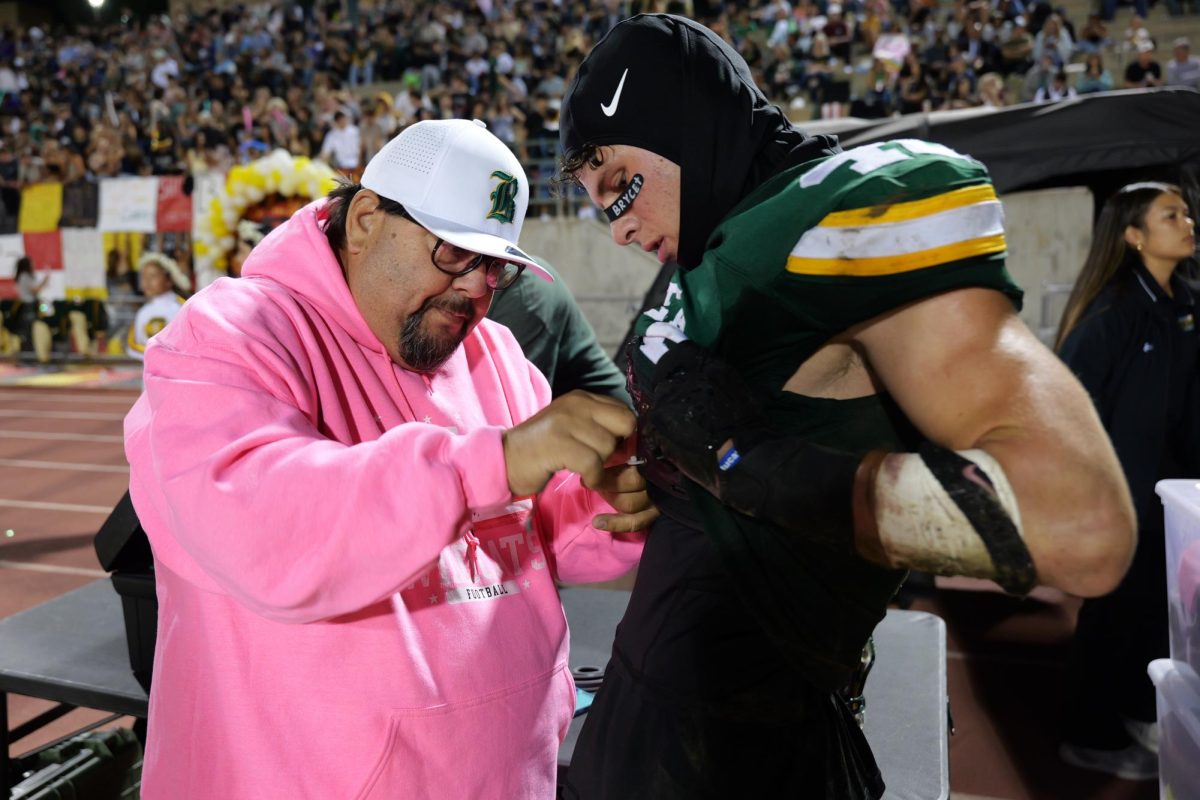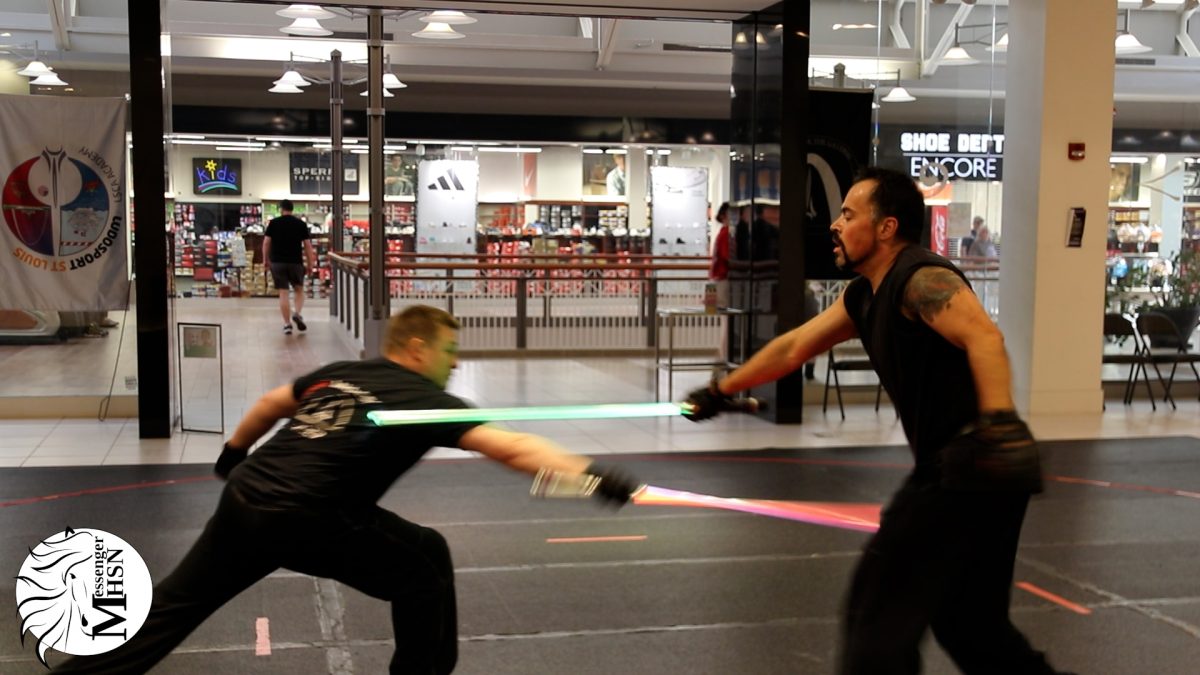In elementary school, I planned my Halloween costume before September had even passed. This excitement spanned the entire year, as I wished Halloween were a week-long celebration. Exploring the aisles of Spirit Halloween, I set my sights on glow-in-the-dark vampire fangs — cool to a nine-year-old, but horribly tacky to anyone else. That evening, the doorbell rang nonstop as kids rampaged through the neighborhood, plastic jack-o’-lantern buckets in hand, leaving nearly every house on the block depleted of candy. Although the National Retail Federation estimates that Halloween spending will reach $13.1 billion in 2025, in my neighborhood, the candy bags have remained only half-empty, and echoing doorbells have become episodic at best.
The NRF found only 51% participating in Halloween celebrations said they were planning on dressing up and decorating their homes. Over the past few years, the internet — and social media, specifically — has made us too comfortable in the solitude of our homes. COVID-19 impacted all aspects of our lives, whether it be school, work or gatherings between friends. During the pandemic, most teens spent their time watching movies or doomscrolling — overconsuming negative information — on social media, bored and filling the empty time with solitary activities. According to the Bureau of Labor Statistics, throughout the lockdown, teens grew increasingly addicted to the quickly-fading dopamine that spikes with every scroll. In 2021, I fell victim to social media’s trap, feeling my days blur together while staring at nothing but a flickering screen. This meant that, when it came time for me to step outside my comfort zone, I rarely embraced opportunities that I had.
Humans are naturally social creatures; consequently, multiple studies suggest that people who remain in excess solitude often develop depression and anxiety, and present an increased risk of developing chronic illnesses such as dementia and heart disease. Alternatively, when people socialize more, their brains function at a higher level; they sleep better, feel happier and experience a higher quality of life.
We need to socialize to live happier and healthier lives, but when COVID-19 kept millions of Americans cooped up in their homes, many adjusted to those sleepless nights and feelings of detachment. Halloween is an amazing opportunity to socialize more, even if it’s simply getting together with friends and going to a haunted house or corn maze.
When October rolls around, some seize the opportunity to set up Halloween decorations and plan costumes, while others choose not to devote time to festivities; instead, they opt to buy a bag of candy and curl up with a blanket to watch a Tim Burton film or the entire “Fear Street” trilogy. However, the most wonderful part of Halloween exists beyond the comfort of one’s home — it’s when you see the lights, the costumes and most importantly, share the thrill. You can’t share that feeling through the four walls of a home, barred off from the celebrations.
Don’t let your neighborhood look like a horror flick: dark, abandoned and devoid of laughter. Make it a space where children and adults alike would love to wander through by hanging lights and decorations, and rallying a crowd of friends to celebrate with costumes and candy. Trade the Amazon corsets and miniskirts for obnoxious wigs and body paint. Be delightfully tacky by throwing on your sequins, fangs, glitter or even your white bed sheet with cut-out eyes. Regardless of what you do this year, instead of sinking into my couch for another “Corpse Bride” re-watch, I’ll pull on a costume I spent too much time on and step outside. Because somewhere, there’s a nine-year-old girl in tacky vampire fangs who deserves to find witches, ghosts and zombies crowding the sidewalks.
This story was originally published on West Side Story on October 11, 2025.


